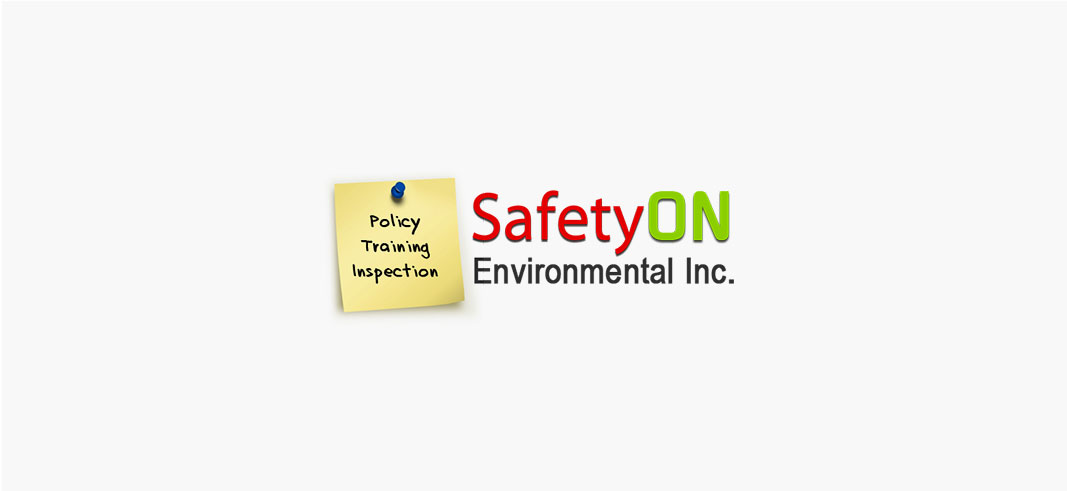
Frostbite, hypothermia, and the other detrimental effects of spending too much time exposed to the cold can cause serious and even permanent harm. The arrival of winter marks a significant change in the level of precautions that are needed for those who work out doors to continue to perform their duties effectively and safely. A robust safety policy and training program goes well beyond the knowledge of first aid. It is in fact far more oriented towards the complete prevention of workplace injuries and fatalities, than providing treatment to the wounded should such incidents occur.
According to the Occupational Health and Safety- Ontario guidelines, here are a few pointers that you might want to keep in mind with regards to the prevention of cold stresses- the lowering of core body temperature to dangerous levels.
The bigger issue with any of the above is that the person will start to make poor judgements, making it a safety hazard not just for the sufferer, but also those around the person. Usage of high visibility clothing or markers on uniforms is advised to make it easier for workers to see each other and be seen by others when visibility levels are low.
Be compliant and hire a Certified Registered Safety Professional (CRSP)
SafetyON Environmental Inc.
+1 833 324 7233